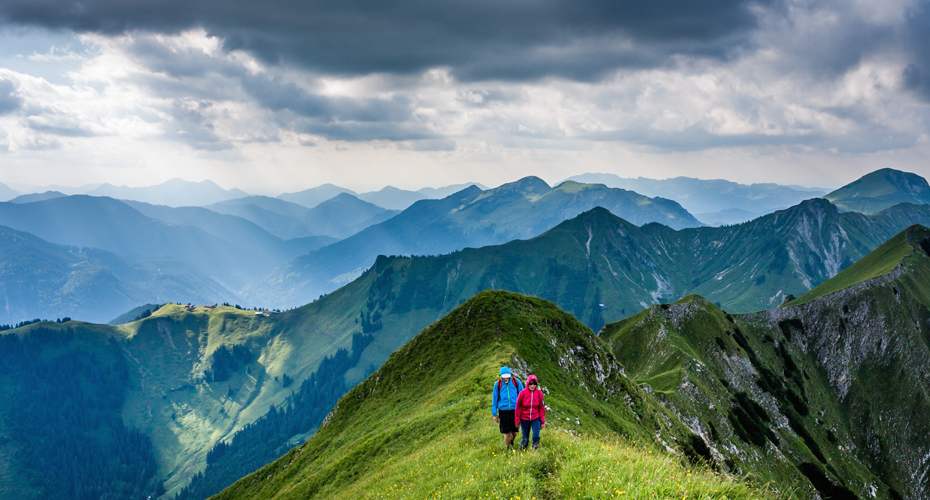Studying
"Our Education Team and wider learning community leads innovation and best practice in geographical pedagogy in the UK and internationally. This is recognised through international teaching awards, peer reviewed citations, work with learned societies, research on UKRI funded education policy work, and invitations to speak on education at global conferences.
Our students are bound into our research community as co-partners, recognising the integrated nature of our engaged research and education culture.
Exeter Geography 2023 has a vision to expand our research led education offer to enhance the applied work within environment and social/spatial science, wherever it is found, especially where we can advance our work around environment, climate and social justice agendas."
Read more from Damien Mansell and Matt Finn
Damien Mansell and Matt Finn
Co-Directors of Education & Student Experience
Undergraduate study
Geography offers world class research and teaching at the frontiers of social and natural sciences. Our challenging programmes aim to develop your ability to better understand the world, as well as the knowledge and skills to shape solutions for the future. Through our programmes you’ll consider critical global issues and challenges of the 21st century which are likely to affect environments and societies in the coming years.
Find out more about our undergraduate programmes
Postgraduate study
Geography at the University of Exeter offers a lively, thriving and innovative research environment. We offer a range of innovative taught programmes, relevant to 21st century challenges and developed with input from industry, which aim to provide a fantastic platform for future employment. As a student with us you will be part of a vibrant postgraduate community benefiting from quality research-inspired teaching or supervision and access to outstanding facilities. We offer an intellectually stimulating experience within a supportive and inclusive environment. Students are supported by the Doctoral College which offers institution-wide support, training, and administration for all of our postgraduate and early career researchers.
Find out more about our postgraduate taught programmes
Find out more about our postgraduate research programmes
Find out more






